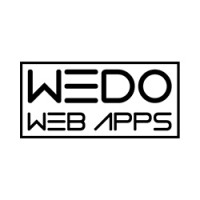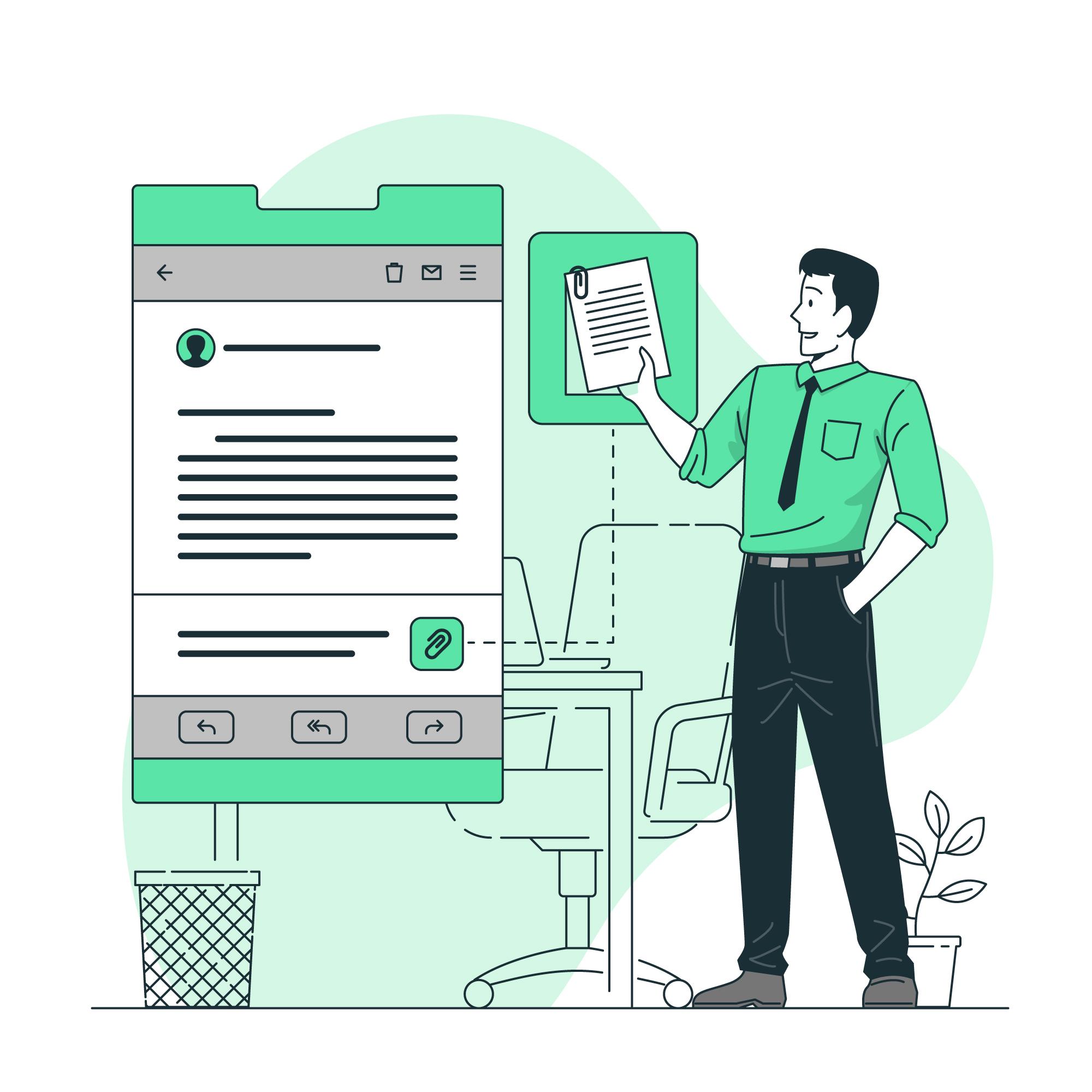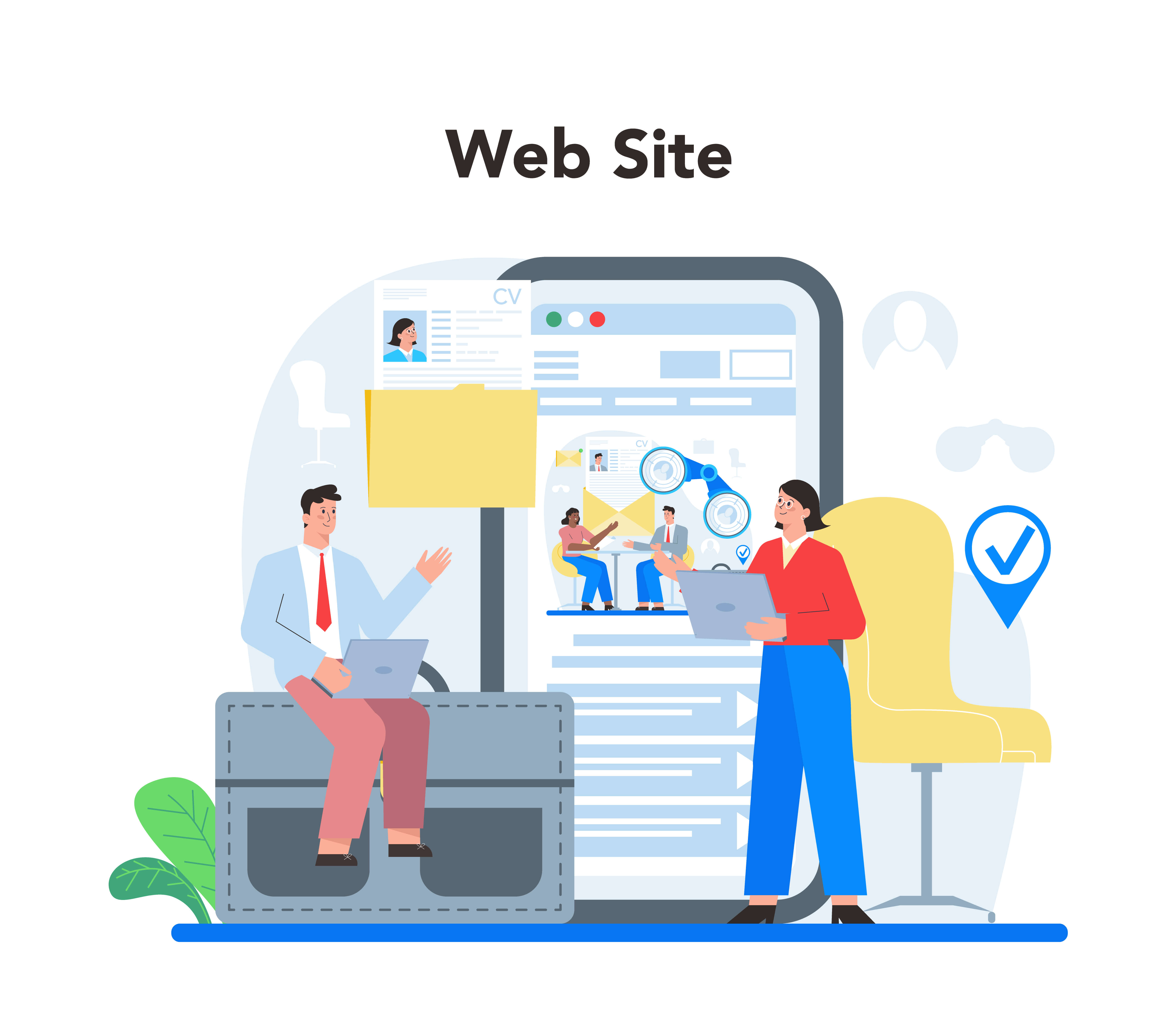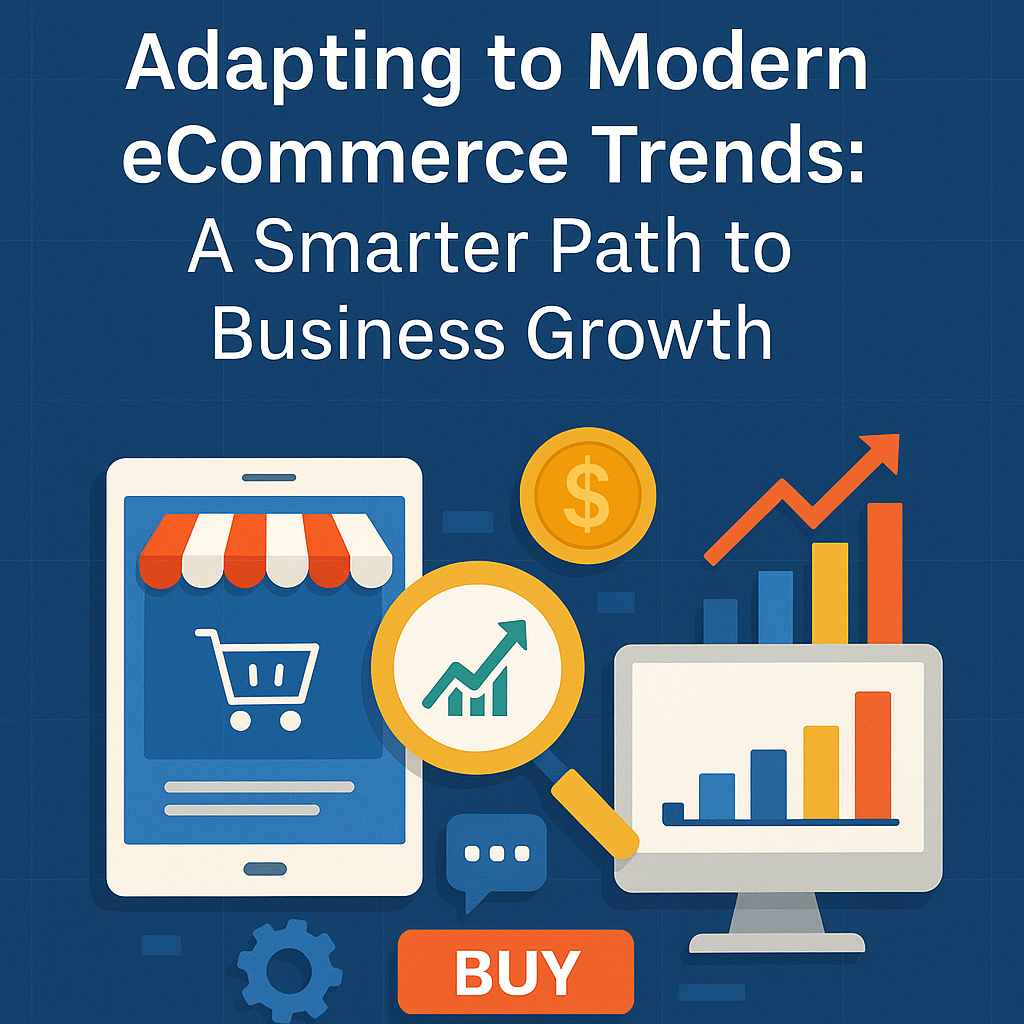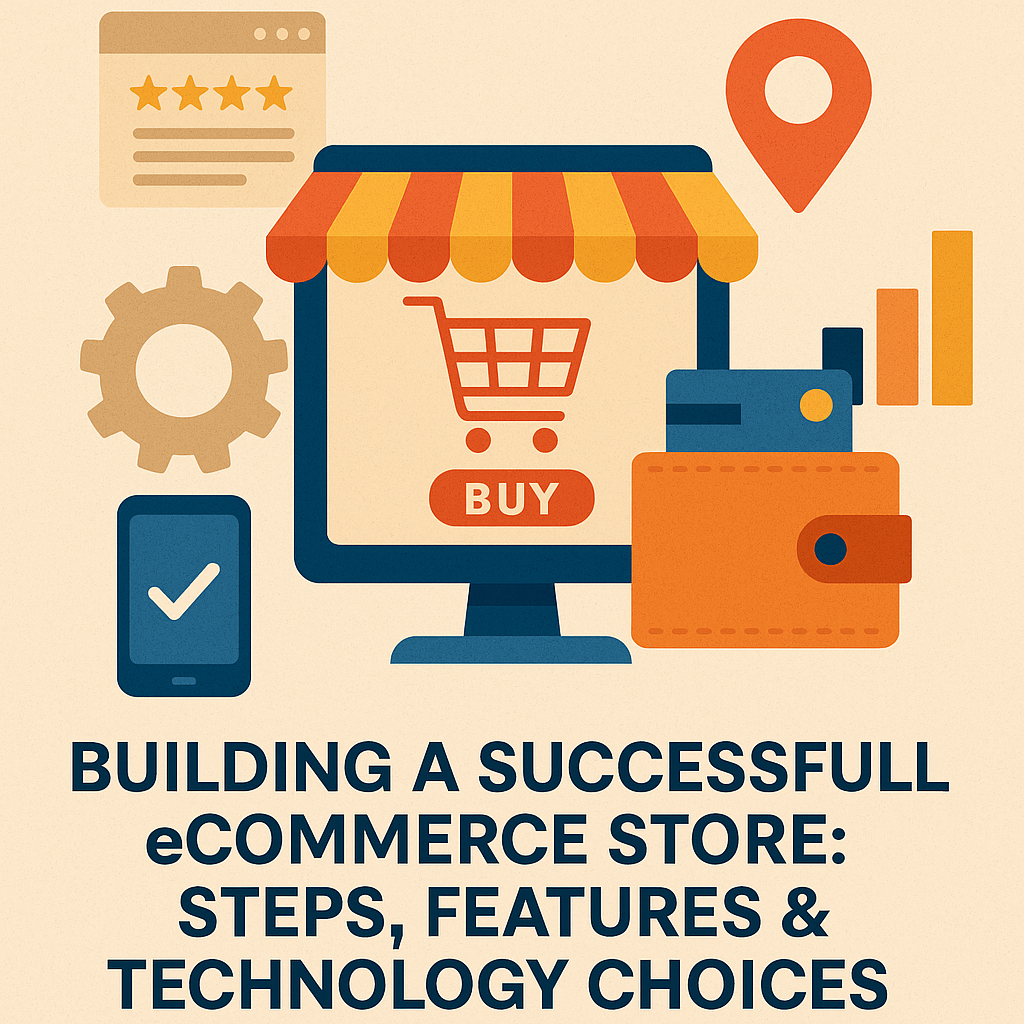Designing Accessible Websites: Why It Matters

Strong 8k brings an ultra-HD IPTV experience to your living room and your pocket.
In today's digital world, accessibility in web design is more important than ever. Ensuring that a website is usable by everyone, including people with disabilities, is not only a moral obligation but also a legal requirement in many regions. Businesses that overlook accessibility may alienate a significant portion of their audience and face potential legal consequences. By working with professional website design services, businesses can create accessible websites that provide a seamless experience for all users, regardless of their abilities.
What is Web Accessibility?
Web accessibility refers to designing websites so that all users, including those with disabilities, can easily navigate and interact with the content. Disabilities can include visual, auditory, physical, speech, cognitive, and neurological impairments, all of which can affect how a person uses the web. Accessibility ensures that users with these impairments have equal access to information, services, and functionality on a website.
When a website is designed with accessibility in mind, it accommodates assistive technologies such as screen readers, voice recognition software, and alternative input devices. It also includes features like adjustable text sizes, keyboard navigation, and closed captions for videos.
Why Accessibility Matters in Web Design
Legal Requirements
In many countries, web accessibility is governed by legal regulations. For example, in the United States, the Americans with Disabilities Act (ADA) requires businesses to make their websites accessible to people with disabilities. Failure to comply with these regulations can lead to lawsuits and penalties.
By investing in website design services, businesses can ensure that their websites meet legal accessibility standards, protecting them from legal risks while providing an inclusive experience for all users.
Wider Audience Reach
Approximately 15% of the world’s population lives with some form of disability. This means that businesses with inaccessible websites are potentially excluding a significant portion of their audience. By designing an accessible website, businesses can reach a wider audience and ensure that everyone, regardless of their abilities, can interact with their content.
Accessibility not only benefits users with disabilities but also improves the experience for other users, such as those using mobile devices, older individuals, or users with temporary impairments (like a broken arm or poor lighting conditions).
Improved SEO and Usability
Accessible websites are often more usable and easier to navigate, which leads to better user engagement. In addition, many of the elements that improve accessibility, such as alternative text for images and clear heading structures, also enhance search engine optimization (SEO). Search engines, like Google, favor websites that are easy to crawl and understand, so improving accessibility can boost your site’s rankings.
Positive Brand Image
Demonstrating a commitment to inclusivity by offering an accessible website can enhance your brand image. Businesses that prioritize accessibility show that they value all users and are committed to providing a positive experience for everyone. This can lead to increased trust and loyalty from your audience.
Key Elements of Accessible Web Design
Creating an accessible website involves incorporating specific design and development practices to ensure that all users can access and interact with the content effectively. Here are some key elements to consider:
Alternative Text for Images
Alt text (alternative text) provides a description of images for users who are unable to see them. Screen readers rely on this text to convey the content and function of an image. It’s important to use descriptive, concise alt text that accurately represents the image’s purpose.
Keyboard Navigation
Many users with physical disabilities rely on keyboards, rather than a mouse, to navigate websites. Ensuring that all interactive elements (such as buttons, links, and forms) can be accessed and operated via keyboard is essential for accessibility. A ui ux design services company can help optimize keyboard navigation to ensure a smooth experience for users with disabilities.
Text Size and Readability
Text should be large enough to read comfortably, and users should have the ability to adjust the text size if needed. Ensuring that there is sufficient contrast between the text and the background is also important for readability, particularly for users with visual impairments.
Closed Captions and Transcripts for Media
Videos and audio content should include closed captions and transcripts to make the content accessible to users who are deaf or hard of hearing. Captions also benefit users in environments where audio cannot be played (such as noisy public places).
Forms and Error Messages
Forms should be accessible to all users, with clear labels and instructions. Error messages should be descriptive and easy to understand, helping users quickly identify and correct mistakes.
Consistent Layout and Structure
An accessible website should have a clear and consistent layout, making it easier for users to navigate and find information. Proper use of headings, lists, and landmarks (such as navigation bars) helps users and screen readers understand the structure of the page.
Responsive Design
Accessibility extends beyond desktop users. Websites should be fully responsive, ensuring that they work well on all devices, including smartphones and tablets. Responsive design ensures that content is accessible to users on smaller screens and adjusts to their preferences.
How UI/UX Enhances Web Accessibility
UI (User Interface) and UX (User Experience) play a significant role in creating accessible websites. UI focuses on the visual aspects of a website, such as colors, fonts, and layout, while UX ensures that the site is intuitive and easy to navigate for all users.
A ui ux design services company specializes in designing websites that are both visually appealing and accessible. They ensure that users with disabilities can easily interact with the site, whether they are using assistive technologies or navigating with a keyboard. By focusing on both the visual and functional aspects of a website, UI/UX designers help create an inclusive experience for everyone.
The Benefits of Accessible Design for All Users
While accessibility primarily benefits users with disabilities, it also improves the experience for everyone. For example, an accessible website with clear navigation, readable text, and responsive design makes it easier for all users to find information and engage with the content.
Accessible websites are also more adaptable to future technologies. As voice search, AI assistants, and other technologies become more prevalent, websites designed with accessibility in mind are better equipped to handle these advancements.
Conclusion
Web accessibility is not just a legal requirement—it’s an essential part of providing a positive user experience for all visitors. By investing in professional website design services, businesses can ensure that their websites are inclusive, user-friendly, and compliant with accessibility standards.
Additionally, working with a ui ux design services company helps businesses create websites that are visually appealing, intuitive, and fully accessible to users with disabilities. In today’s digital landscape, designing for accessibility is not only the right thing to do—it’s a smart business decision that benefits both users and brands alike.
Note: IndiBlogHub features both user-submitted and editorial content. We do not verify third-party contributions. Read our Disclaimer and Privacy Policyfor details.

